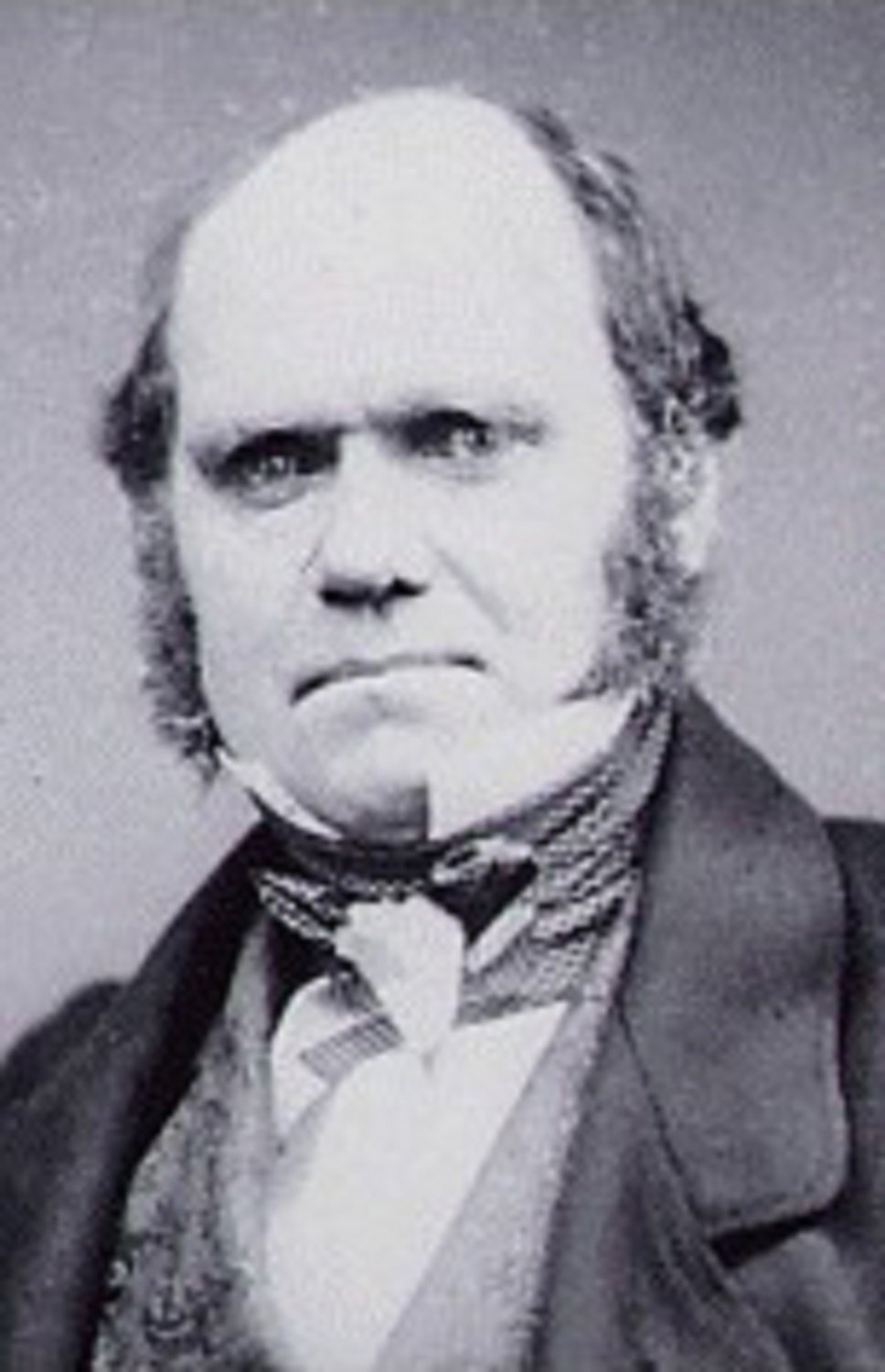
Darwin was forced into swift publication of his theory of natural selection.
Darwin's book was half way when, on 18 June 1858, he received a paper from Wallace describing natural selection. Shocked that he had been "forestalled", Darwin sent it on to Lyell, as requested, and, though Wallace had not asked for publication, he suggested he would send it to any journal that Wallace chose. His family was in crisis with children in the village dying of scarlet fever, and he put matters in the hands of Lyell and Hooker. They decided on a joint presentation at the Linnean Society on 1 July of On the Tendency of Species to form Varieties; and on the Perpetuation of Varieties and Species by Natural Means of Selection; however, Darwin's baby son died of the scarlet fever and he was too distraught to attend.
There was little immediate attention to this announcement of the theory; the president of the Linnean Society remarked in May 1859 that the year had not been marked by any revolutionary discoveries. Only one review rankled enough for Darwin to recall it later; Professor Samuel Haughton of Dublin claimed that "all that was new in them was false, and what was true was old." Darwin struggled for thirteen months to produce an abstract of his "big book", suffering from ill health but getting constant encouragement from his scientific friends. Lyell arranged to have it published by John Murray.
On the Origin of Species proved unexpectedly popular, with the entire stock of 1,250 copies oversubscribed when it went on sale to booksellers on 22 November 1859.In the book, Darwin set out "one long argument" of detailed observations, inferences and consideration of anticipated objections. His only allusion to human evolution was the understatement that "light will be thrown on the origin of man and his history". His theory is simply stated in the introduction:
As many more individuals of each species are born than can possibly survive; and as, consequently, there is a frequently recurring struggle for existence, it follows that any being, if it vary however slightly in any manner profitable to itself, under the complex and sometimes varying conditions of life, will have a better chance of surviving, and thus be naturally selected. From the strong principle of inheritance, any selected variety will tend to propagate its new and modified form.He put a strong case for common descent, but avoided the then controversial term "evolution", and at the end of the book concluded that:
There is grandeur in this view of life, with its several powers, having been originally breathed into a few forms or into one; and that, whilst this planet has gone cycling on according to the fixed law of gravity, from so simple a beginning endless forms most beautiful and most wonderful have been, and are being, evolved
0 comments:
Post a Comment